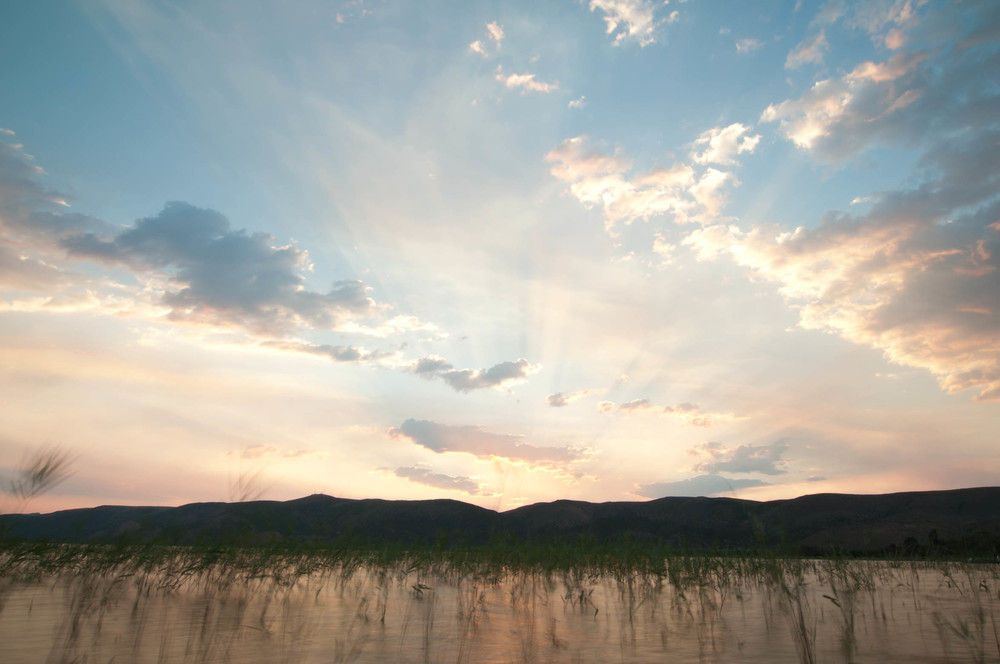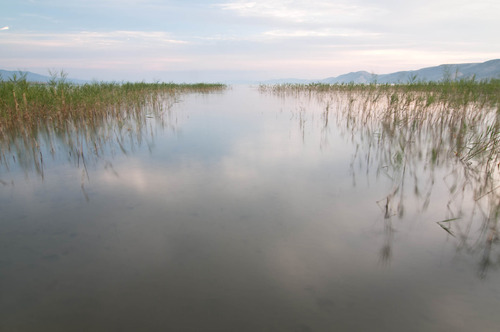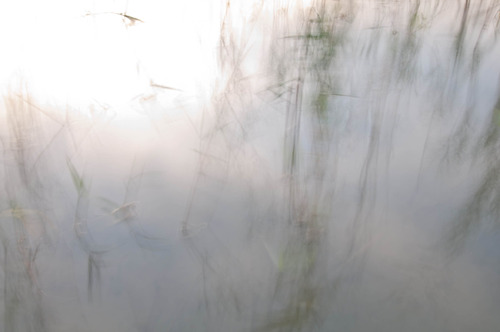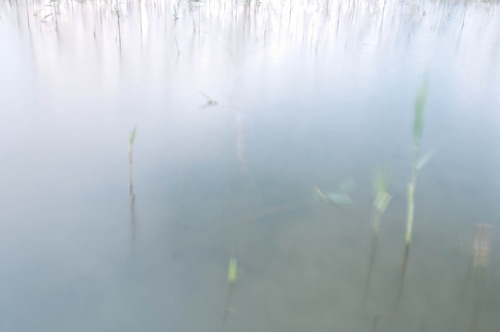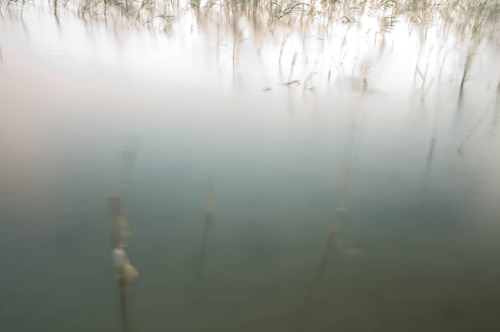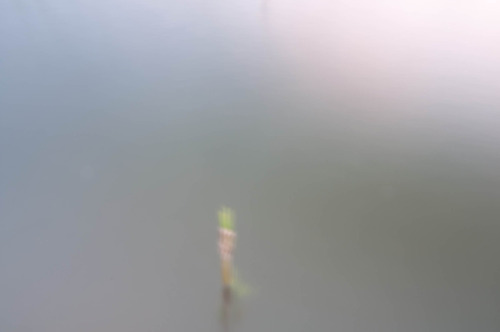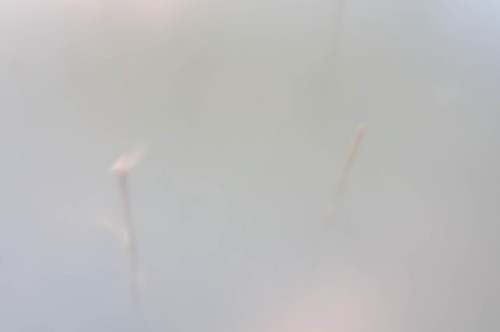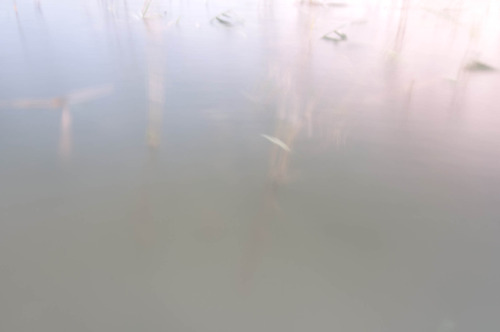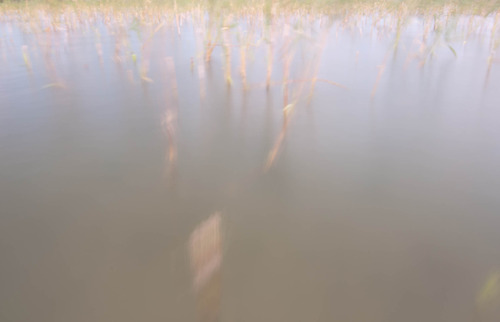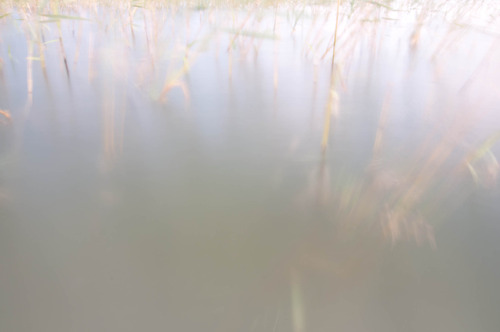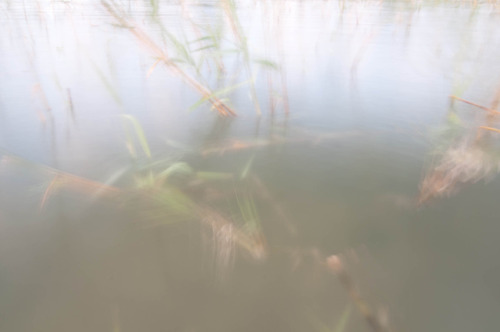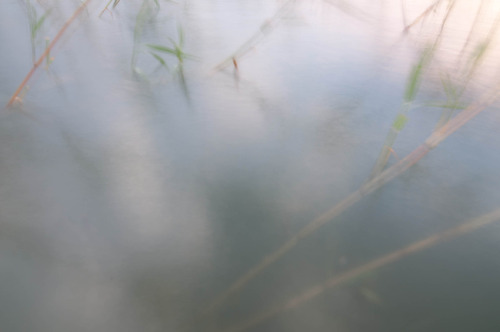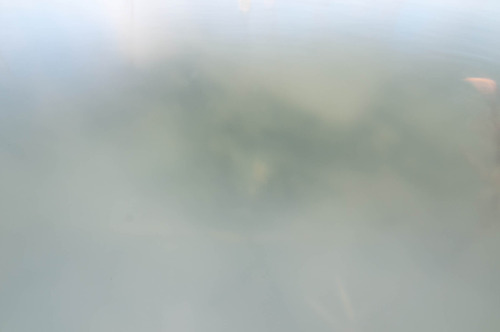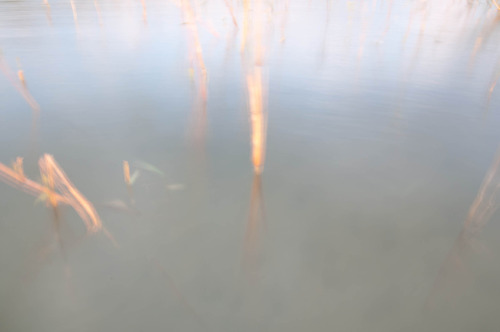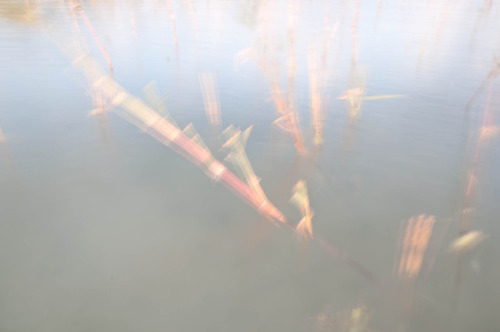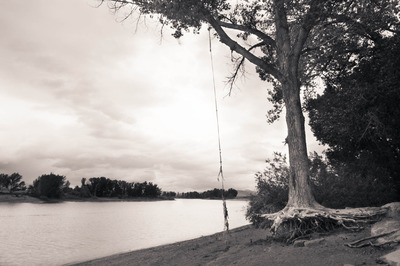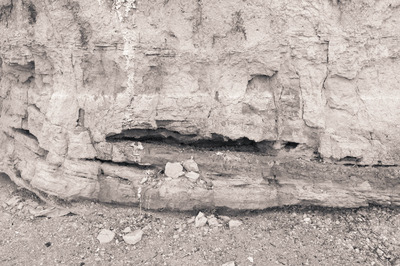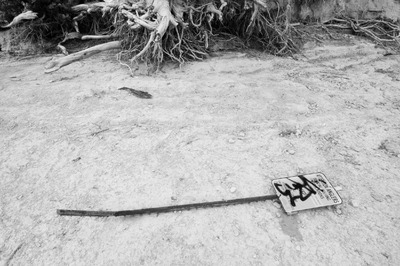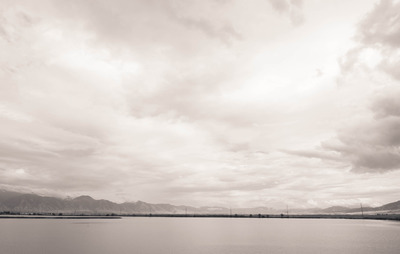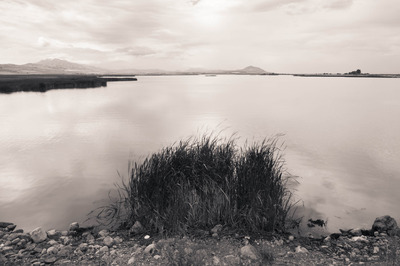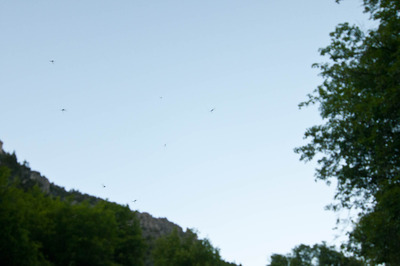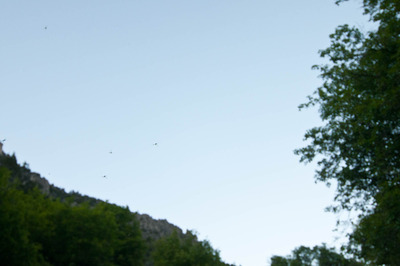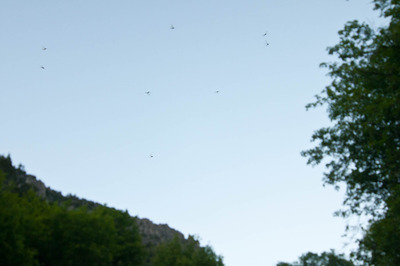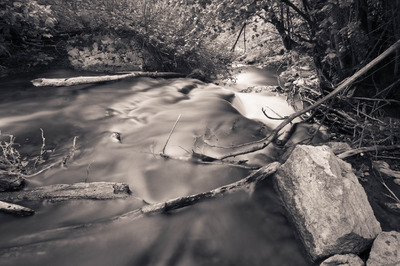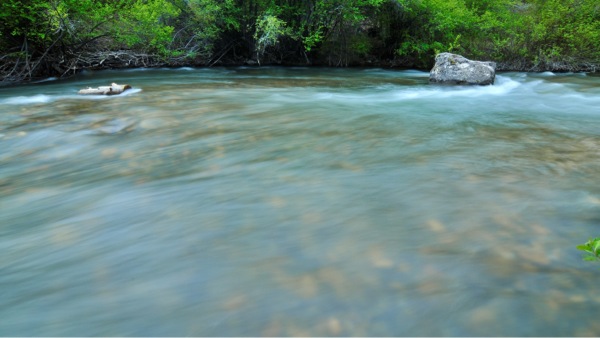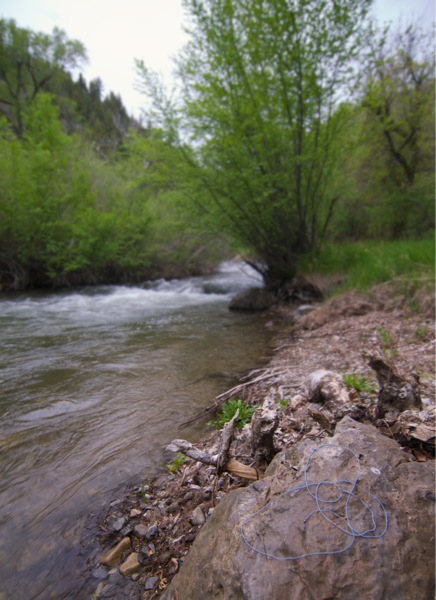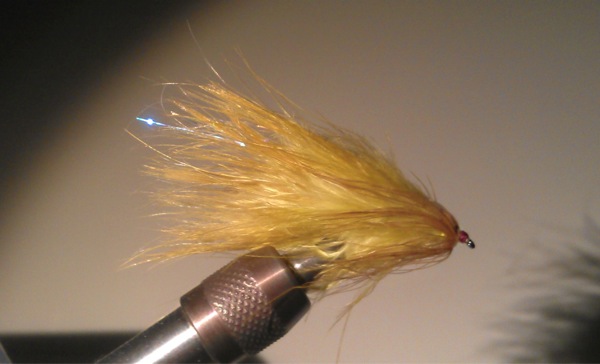
After the rod, line, and leader, we finally arrive to the fly.
One of the earliest records of people using artificial flies to catch fish dates back to around the Meridian of Time, from one Marcus Valerius Martialis, who wrote:
...Who has not seen the scarus rise, decoyed and killed by fraudful flies...
Then, about two hundred years later, we have this from Claudius Aelianus:
...they have planned a snare for the fish, and get the better of them by their fisherman's craft. . . . They fasten red wool. . . round a hook, and fit on to the wool two feathers which grow under a cock's wattles, and which in color are like wax. Their rod is six feet long, and their line is the same length. Then they throw their snare, and the fish, attracted and maddened by the color, comes straight at it, thinking from the pretty sight to gain a dainty mouthful; when, however, it opens its jaws, it is caught by the hook, and enjoys a bitter repast, a captive.
Fast forward another fourteen hundred years or so, and on up into the nineteenth century to Britain, and we come to what most fly fishermen think of when we hear about historical fly fishing: bamboo rods, silk lines, and wicker creels.
The Japanese tied flies by holding the hook in one hand, and wrapping the thread around the materials with the other, without using a bobbin, like we tyers use today.
So, fish have been taken on the fly for at least two thousand years. For two thousand years, fish have been fooled into eating fake insects, and for two thousand years, fishermen have been skunked by fish who were smart enough to know not to eat the fur and feathers that looked like the mayflies all around it.
I guess that's one of the things that draws me to the sport. That one day the fish will be eager to take a fly, and the next, they won't even acknowledge its presence.
